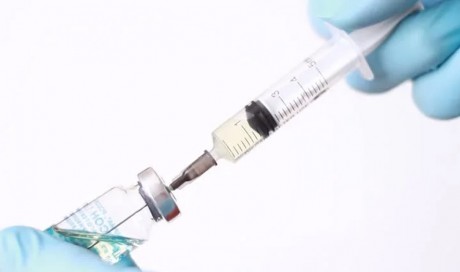During hair growth, melanocytes make pigment and pass it to hair progenitor cells at the base of the hair follicle. These cells, in turn, transform into the various components of the growing hair.
When our hair grows, pigments are continuously being incorporated, which results in our unique hair color. The cells responsible for this process are the pigment-producing melanocytes at the base of the hair follicle.
In normal hair growth, the follicle produces hair at a rate of around 1 centimeter per month for several years.
But all the cells in our body become increasingly damaged during our lifetime, and these melanocytes are eventually lost. When all the melanocytes are lost in a particular hair follicle, the next hair that grows will be gray or white.
The biology of hair growth is rather complex, with a multitude of specialized cells involved in hair follicle structure and function. Scientists continue to unravel the process of human hair growth and pigmentation.
...[ Continue to next page ]
Share This Post















